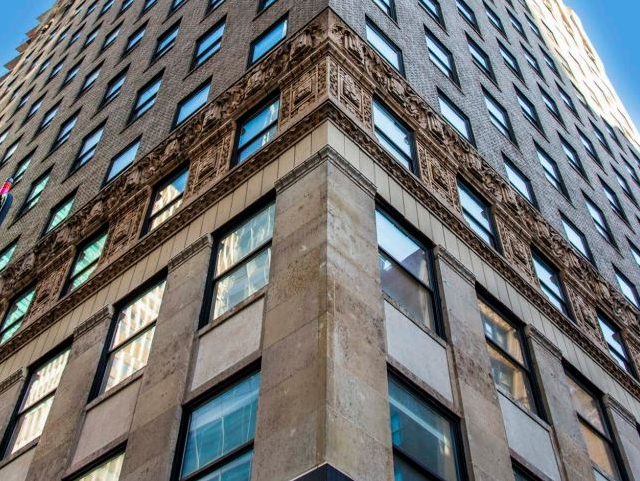A REIT Pioneers Community Solar in New Jersey
Duke Realty’s installation, first of its kind in the state, will expand access to renewable energy to businesses and households.

Duke Realty solar installations map in 2020. Image courtesy of Duke Realty
The first community solar project in New Jersey was launched last month, marking a milestone in Gov. Phil Murphy’s stated goal of reaching 100 percent clean energy by 2050.
A partnership between Duke Realty Corp. and Solar Landscape, the project features more than 18,000 solar panels installed across the rooftops of four Duke buildings in Perth Amboy. The solar energy generated from the panels will be fed directly into the grid and then sold to more than 1,200 low- and moderate-income households.
READ ALSO: The Power of Rooftop Solar
The installation is part of a pilot program administered by the New Jersey Board of Public Utilities. Through a subscription-based model, customers can connect virtually to a solar installation within their electric utility’s coverage area. The cost of the energy output is divided among subscribers, which can be homes or businesses, and appears as a credit on their bill.
The Perth Amboy project will generate 11.1 megawatts of clean electricity and is the first of 45 projects across the state slated to produce 78 megawatts for low- and middle-income households by supplying at least 51 percent of their energy needs. Now in its second year, the pilot program will double the state’s community solar capacity to 150 megawatts. Approximately 40 percent of awarded projects will serve low- and middle-income communities.
“The Community Solar Energy Pilot Program is a smart and sustainable component of our clean energy future that positions New Jersey as a world leader in the innovation economy, while investing in communities and ensuring environmental justice for all,” Murphy said in a prepared statement. The initiative offers participation in the solar market to households that would otherwise lack access because of cost, shaded property, or lack of roof control.
Clean energy goals
Duke expects the Perth Amboy project to be the first of many community solar projects across the country as the REIT works to achieve environmental, social and governance goals and helps its tenants and investors do the same. The company’s tenants generate 28.2 megawatts of clean electric power on roofs across the country annually.
“It’s good for the community, it’s positive for ESG goals, and technology is only going to improve over time,” Art Makris, senior vice president of the Northeast region at Duke, told Commercial Property Executive. “We look at—obviously—profitability, but also ESG is very important to us: How we score and how we compare to our peers. Our investors are looking at it, as well,” Makris added.
READ ALSO: Where Investment Strategy Meets ESG
According to a Fitch Ratings report, sustainability considerations are being increasingly incorporated into “policies, corporate governance frameworks, and the lending and investment decisions of financial institutions.” As a result, ESG will exert a growing influence this year on company strategy, financing and operating environments, the report adds.
In early January, Duke announced that it will develop only LEED-certified buildings in an effort to save energy and water, reduce CO2 emissions and improve indoor air quality. That’s significant, because Duke’s development starts over the past three years have surpassed 29.6 million square feet and totaled $2.8 billion in investment. The company’s portfolio encompasses approximately 155 million rentable square feet of Class A logistics space in 20 key logistics markets across the U.S.
“We want to be green and provide the assets that our tenants want,” Makris said. “Our tenants also have ESG goals, carbon-neutral programs that they’re installing, and we want to be a part of that as a solution.” And since Duke holds buildings for 30 to 40 years, staying cutting-edge is important.
Late last year, the logistics REIT announced a $400 million green bond for the purpose of financing future development and refinancing recently completed projects. While not yet mainstream, Duke’s push for solar—along with more recent ESG goals that have become relevant over the past five years—is a trend that has been gathering steam for more than two decades, with a 49 percent average annual growth rate, according to the Solar Energy Industries Association.







You must be logged in to post a comment.